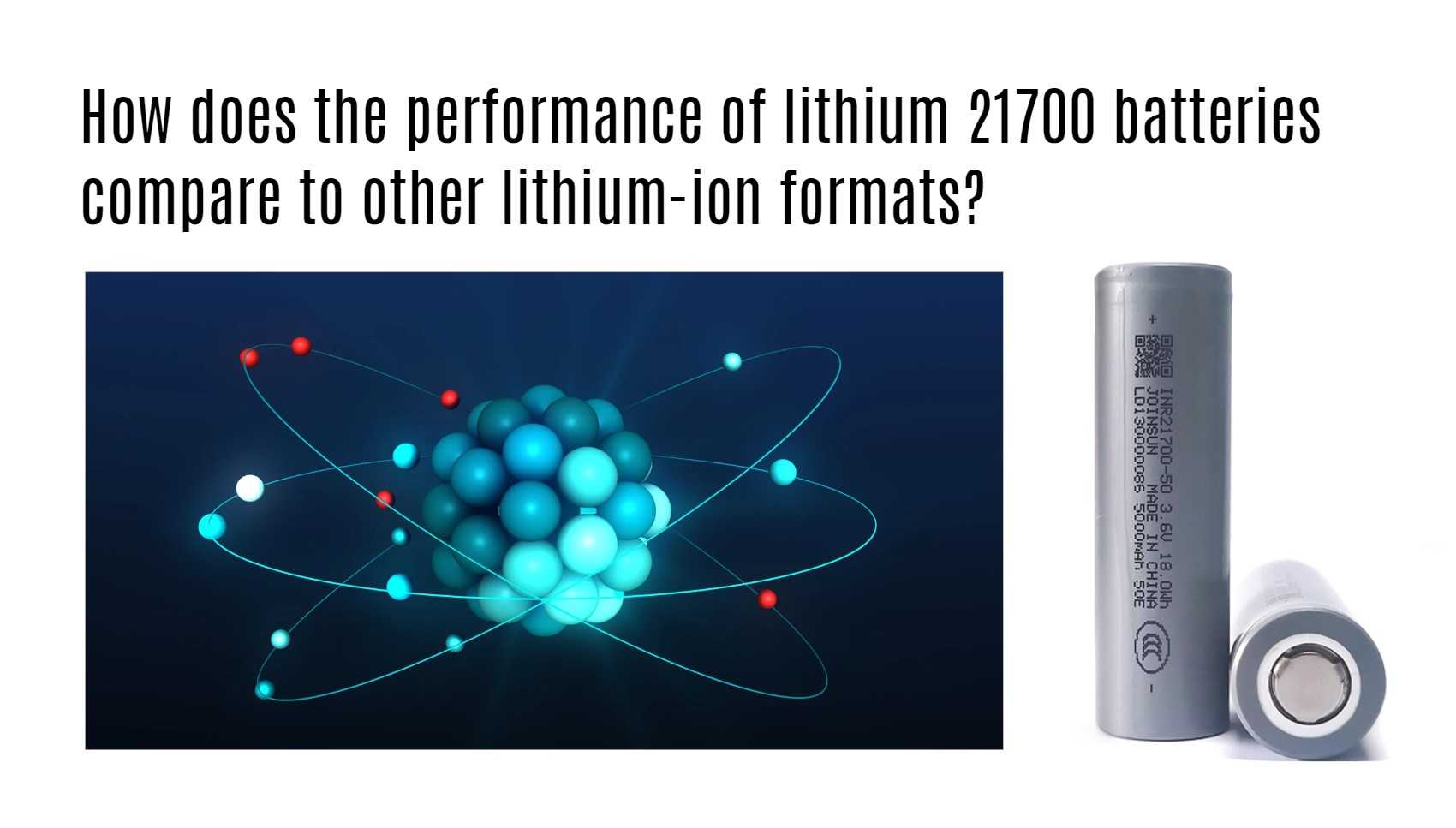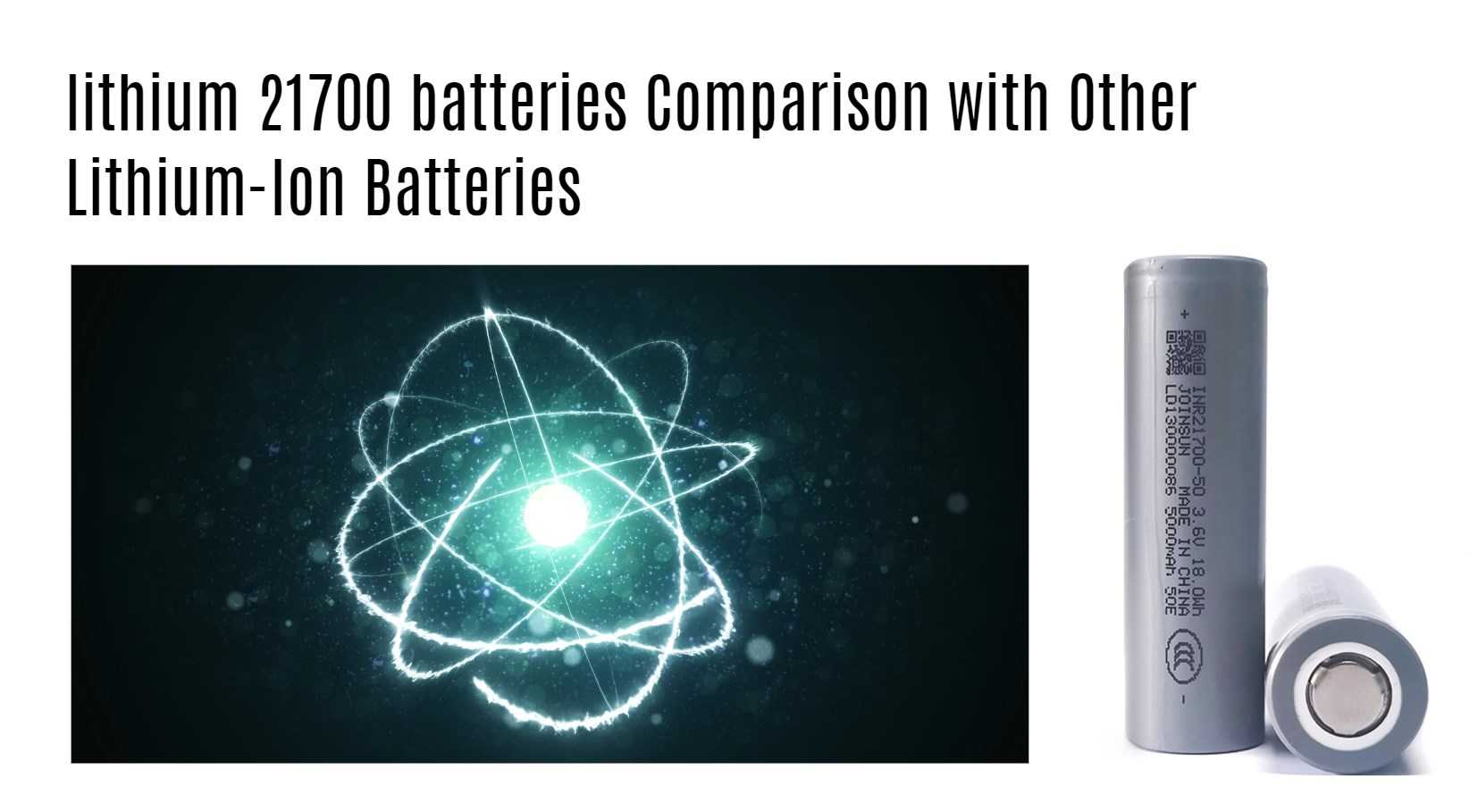As the demand for high-performing and durable power sources grows alongside our reliance on portable electronic devices, the 21700 battery emerges as a revolutionary solution. This article delves deeply into the world of the 21700 battery, examining its benefits, drawbacks, and how it compares with other lithium-ion battery formats.
What is a 21700 Battery?
A 21700 battery is a specific type of lithium-ion rechargeable battery. Its name denotes its dimensions: 21mm in diameter and 70mm in length. This format has gained traction due to its superior energy density and capacity compared to the more traditional 18650 batteries found in many laptops and electric vehicles.
The 21700 battery’s larger size allows it to store more energy per charge cycle, translating to longer-lasting power for devices. Its increased capacity and better heat dissipation capabilities make it a preferred choice for applications requiring high discharge rates without overheating or performance degradation.
Wholesale lithium golf cart batteries with 10-year life? Check here.
Advantages of the 21700 Battery
Higher Energy Density
The 21700 battery boasts a higher energy density than many other lithium-ion batteries. This increased energy density means more power in a compact package, making it ideal for a variety of applications from electric vehicles to portable electronics.
Extended Runtime
Devices powered by 21700 batteries benefit from longer usage times before needing a recharge. Whether in smartphones, laptops, or electric vehicles, users can expect enhanced operational periods.
Want OEM lithium forklift batteries at wholesale prices? Check here.
Improved Thermal Performance
With better thermal management, the 21700 battery exhibits lower internal resistance and generates less heat during use. This improvement not only enhances safety but also allows for faster charging without compromising efficiency.
High Current Handling
The 21700 format can handle high currents effortlessly, making it suitable for devices requiring bursts of power or continuous high drain, such as power tools and electric bicycles.
Cost Efficiency Over Time
As manufacturing technologies advance and economies of scale are realized, the cost of 21700 batteries has become more competitive. Increased demand and production will likely drive prices even lower in the future.
Disadvantages of the 21700 Battery
Larger Size
One of the primary drawbacks of the 21700 battery is its size. Its larger dimensions may not be compatible with all devices, particularly those designed with smaller form factors in mind.
Higher Initial Cost
The advanced technology and larger size of the 21700 battery can lead to a higher initial cost compared to other lithium-ion batteries. This could make them less accessible for some consumers or industries.
Increased Weight
The 21700 battery’s greater capacity comes with increased weight, which can be a disadvantage for portable devices where minimizing weight is crucial.
Availability and Compatibility
Given their relatively recent market introduction, there may still be limitations regarding availability and compatibility with existing devices and charging infrastructure designed for older formats.
Comparison with Other Lithium-Ion Batteries
Energy Density
The 21700 battery outperforms many other lithium-ion formats in terms of energy density, allowing for more power storage in a smaller space. This makes it a suitable choice for applications where space is at a premium.
Thermal Management
Thanks to its larger size, the 21700 battery offers superior heat dissipation, reducing the risk of overheating and extending battery life. This feature enhances safety and reliability in high-drain applications.
Charging and Discharging Rates
The 21700 battery supports higher current handling, facilitating faster charging and discharging without compromising performance. This capability is crucial for devices requiring rapid energy replenishment or sustained high power output.
Cost and Weight Considerations
While the 21700 battery offers numerous advantages, its larger size and higher initial cost might be seen as disadvantages compared to other formats like the 18650 or pouch cells. However, its benefits often outweigh these drawbacks, particularly in high-performance applications.
Conclusion
The lithium 21700 battery represents a significant advancement in battery technology, offering increased capacity, improved thermal performance, and better current handling capabilities. Despite its larger size and higher initial cost, the advantages it provides make it a compelling choice for many modern applications, from electric vehicles to high-performance portable electronics.
As technology continues to advance, we can expect further improvements in lithium-ion battery formats. For now, the 21700 battery stands out as a powerful and reliable option, delivering exceptional performance and longer runtimes. If you prioritize enhanced power output and extended device operation, the 21700 battery is a noteworthy contender in the realm of lithium-ion batteries.







